It surprises me that Hatis Noit talks with a quiet voice when I meet the artist for our interview in summery Berlin. The London-based Japanese artist and performer has just released her new record Aura and it is carried almost solely by the power of her voice. Layered, distorted, bent into unfamiliar shapes, her vocals transcend language. Driven by improvisation and the exploration of the boundaries of body and mind, Hatis Noit’s music is more of an experience than anything else.
Some Things Can’t Be Put Into Words
The name Hatis Noit comes from the Japanese word for lotus flower, the singer says. I am not even sure if singer is the right term for her. Maybe she is more of a vocal performer or a voice artist than what we presume a singer to be. Aura explores the voice as an outlet for the embodied emotions and draws analogies to different vocal traditions, from spiritual chants to traditional choirs, to Japanese court music called Gagaku and experimental pop.
It is hard to put a finger on this kind of music. When Hatis Noit talks about her artistry, the feeling it evokes inside of her seems to be beyond words even for herself. She answers my questions carefully and with enthusiasm, but I cannot shake the feeling that there is something inside that the artist cannot express in any familiar language. That is the place where the music comes from.


Fluidity
To Hatis Noit the composition of the songs is a process. “I perform the songs again and again before they are recorded. It is always a little different because I get inspired by the audience and the space. That brings me new ideas to connect to the song on through different perspectives.” But even after the songs are put together and released in the form of a record, Hatis Noit calls the music fluid: “It is never finished. It keeps developing.”
The abstract vocal sculptures and yarns that she spins have no end. The songs melt into one another and while evoking different emotions, they radiate from the common source of the artistic expression that Hatis Noit has found. The essence of the songs tends to be repeated, almost like a language of its own.
Connected Traditions
But it is not about language in the common sense. Hatis Noit is neither bound by the rules of grammar nor the linguistics. “I try to find the right sound not lyric for the melody”, she explains. And while there might be patterns emerging in the process, this is not something the singer seeks consciously. Thor for example, almost reminds of traditional polyphonic choirs from Greece and the Balkan region, while other songs draw analogies to the Arctic tradition of throat singing, or percussive use of the vocals on Jomon.
“I choose freely from different sources of inspiration. I always try to find the right style and timber for the composition I am working on.”
 Over the course of the career the vocal artist got to spend some time in Kazakhstan and in Rumania and explored the connections among different vocal traditions. The voice is the first instrument we have at hand, and it is not a surprise that most traditional music heavily relies on vocal expression. Yet, what makes Hatis Noit’s approach unique is that whereas most polyphonic singing and traditional music is tied to the language of its region of origin, she frees the melody of the words. Aura sounds like she managed to skim the melody and timber of each language and musical tradition without importing the set of rules that comes attached to its language. As a result, the artist embroiders her record with vocal lines and loops that are not akin to any language. Rather, they take the voice back to its original purpose as the transporter of melody and emotions.
Over the course of the career the vocal artist got to spend some time in Kazakhstan and in Rumania and explored the connections among different vocal traditions. The voice is the first instrument we have at hand, and it is not a surprise that most traditional music heavily relies on vocal expression. Yet, what makes Hatis Noit’s approach unique is that whereas most polyphonic singing and traditional music is tied to the language of its region of origin, she frees the melody of the words. Aura sounds like she managed to skim the melody and timber of each language and musical tradition without importing the set of rules that comes attached to its language. As a result, the artist embroiders her record with vocal lines and loops that are not akin to any language. Rather, they take the voice back to its original purpose as the transporter of melody and emotions.
“I am not a specialist in musical techniques or history, but the more time I spent researching, I the more I see similarities and connections,” she says about her process of working with the traditional voices. When looking at the traditions from her home region of Hokkaido, the island which also homes the native community of the Ainu, Hatis Noit notices the similarities to the traditional throat singing of the Inuit people in northern Greenland. “This is super interesting”, she beams as I bring up the topic. “The Ainu were actually from Siberia or Greenland. A long time ago the land was connected. They travelled to find food and brought their traditions to different regions. So of course, they share similar techniques and approaches to singing and rhythm as the indigenous people of the Arctic area.” The words bubble out of the otherwise shy artist as she speaks about a topic, she is passionate about. In London, she visited an exhibition dedicated to the arctic traditions. “It is all connected. At the exhibition I saw the globe from the top for the first time and noticed that the regions are so close geographically.”
Beyond the Rules of Language
Even though Hatis Noit frees her artistic expression from the ties of language, she still grew up and was socialized within the patterns of language. It forms the way we perceive the world. “I never thought about my music in relation to the Japanese language”, she ponders. “I always imagine a time when we have not got language. Before language how did we perceive the world? When I make music, I try to go back to that time. But obviously, growing up speaking Japanese shaped the way I listen to sounds and I have some sort of basic systems of the sounds I am used to.”
“I enjoy exploring the limits of the sounds my body and mind can make.”

Language is not just a tool for communication, but also a way to structure what we think and therefore a viable tool to shaping realties making it vulnerable for use in an abusive way. Breaking away from those boundaries can be freeing in many ways, yet it is a conscious effort that needs to be made. Language is in constant change. At the same time, it is an anchor that many hold on to. Recent developments towards a gendered mode of speech in German or Spanish, for example, were met with heavy resistance.
Like Water Seeping Through Fabric
Without words and purely with emotions Hatis Noit deals with different topics across the album. Its center piece Inori, for example, is inspired by her trip to the sight of the 2011 Fukushima disaster. She recorded the ocean waves of the region and connected to the collective trauma of the people who witnessed the explosion and the aftermath.
“To me there is no line between the personal and the collective memory. I can be myself, but I can also assume other perspectives. Like water seeping through the fabric, the boundaries are fluid. Every time I use my voice, I connect to my body, but also to others. I can be you or I can be me, there is no difference in my music.”
The sounds that Hatis Noit makes are born in the moment and always originate from a profound connection to an emotion or sensation. And they can change accordingly. “It is very interesting to observe, especially during concerts. Some people have seen one song multiple times and pointed out that it is always different.” The way the artist describes the experience of her music as being “seen” by the audience amplifies its status as not just a recorded piece of music, but a piece of performance and experience captured and contained on Aura.
Embodiment
Just talking to Hatis Noit about her music does not feel adequate for the sensual experience of her work. It goes beyond words. That is also why the artist struggles often to ascribe titles to her songs. Angelus Novus, Thor, Aura. In the end, they often draw analogies to mythical or spiritual realms. Hatis Noit laughs when I mention that and says this is not what it the songs are about. Rather, they are inspired by humankind, “nature, including humankind”, to quote the artist.
Aura is less of a piece of music and more of a vocal piece of theater performance. It taps into a deep-rooted human need of connection. The sounds produced only by the body of Hatis Noit resonate into the listener’s gut. I do not want to describe her music as otherworldly, even though that term is often mentioned in connection to music like this. Rather, it seems to me to be the very essence of worldly, coming straight from the core source of the earth, the body, nature, and humankind. A record that reminds that there is always a way to connect beyond language because somewhere deep inside our bodies remember a time before.
Listen to some of the music that shaped the record.
Aura is out now via Erased Tapes.
All photos by Liv Toerkell.



